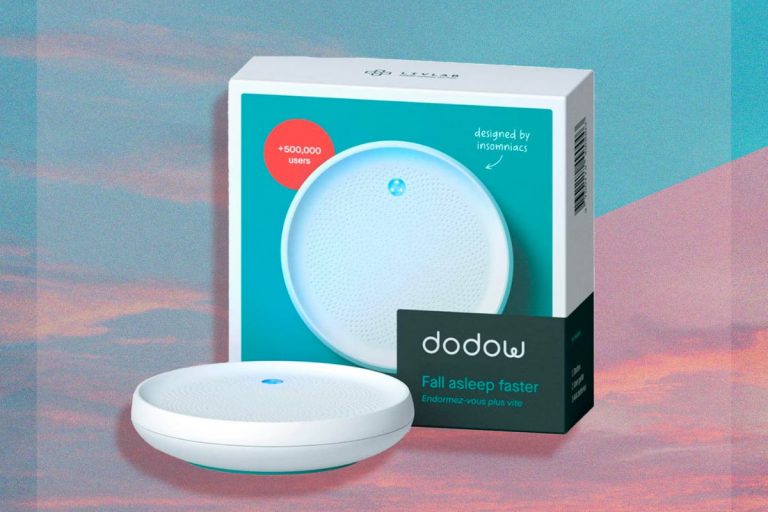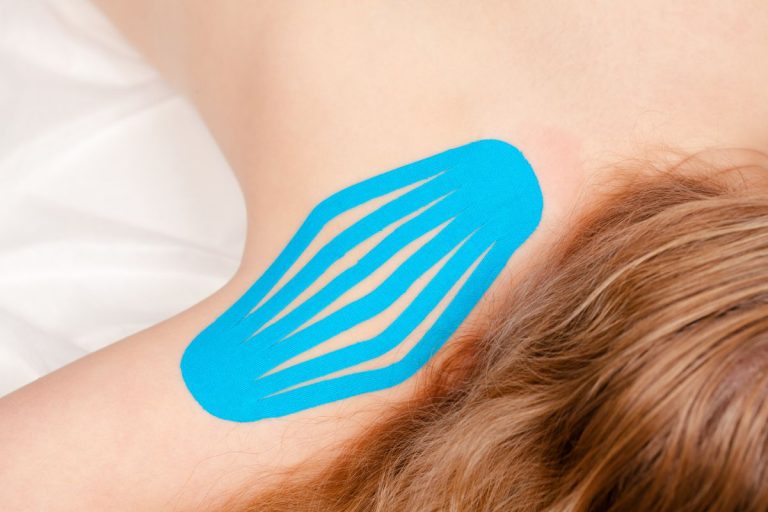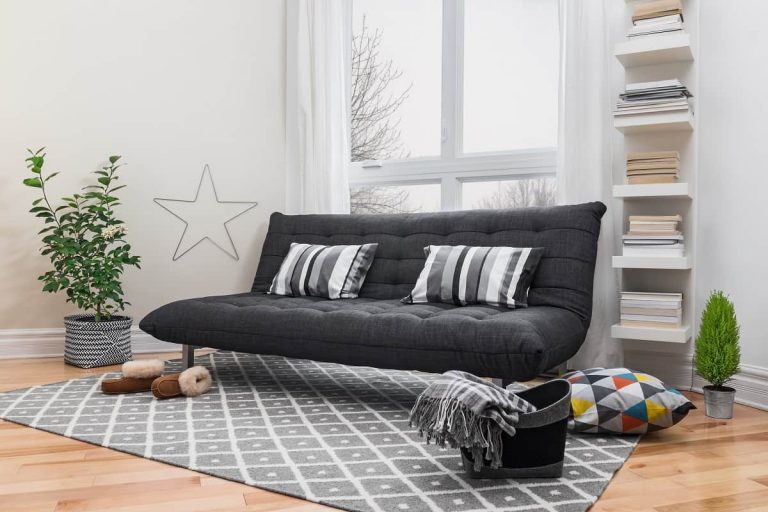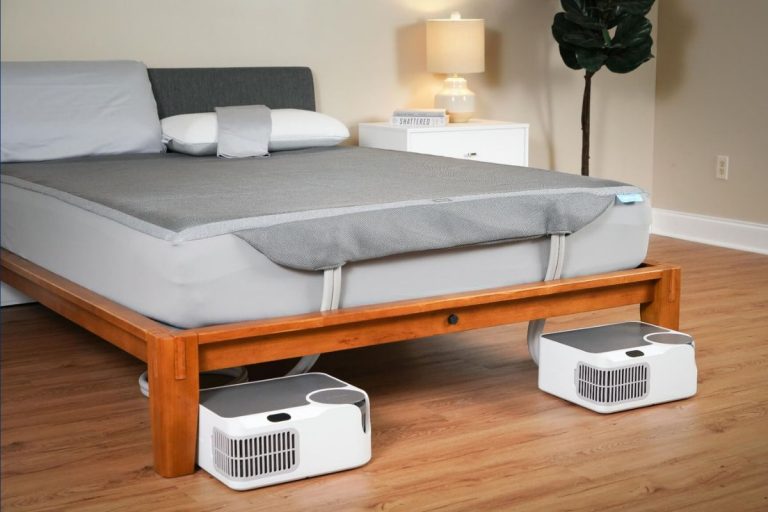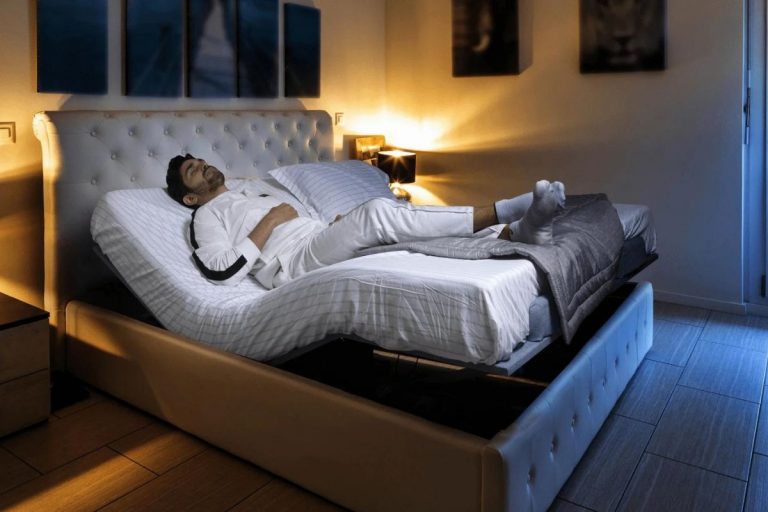The body houses countless sounds all containing crucial data about our general health. Today, thanks to advancements in technology, we can record and analyze different elements of our lives using high-tech gadgets and apps. From working out and running to even sleeping, there is no limit to the information you can get through recordings.
When we sleep, many things happen according to this paper. This article published on the Queensland Health Department’s website also reviews other amazing things that take place during our sleep. From teeth grinding and snoring to talking and even sleepwalking, there is every reason to be aware of what you do during sleep.
Recording yourself while sleeping at home gives you crucial information about these and so many other things.
Have you lately been feeling fatigued? Or experienced frequent headaches or drowsiness? Sleep can be where your answers lie. By recording yourself, you’ll get vital information that would otherwise never have known.
Before looking at how to record yourself sleeping at home, let us first look at top reasons you should do it in the first place:
Why Record Yourself While Sleeping
You should record yourself while sleeping because of the following reasons:
Monitor snoring
Sleep disorders affect many Americans today. The American Sleep Apnea Association opines that 22 million people in the United States suffer from some form of sleep apnea. According to the Sleep Foundation, snoring affects around 90 million Americans – at least 37 million folks regularly.
This sleep condition is so common that some folks forget it even exists. While that is the case, there is no doubt that it can be highly dangerous, especially from the long-term point of view.
By recording yourself as you sleep, you can monitor your snoring situation as you sleep. The sleep recording gadget will help you get the specifics such as intensity, duration, and time of your snoring episodes. Once you get these details, you can then present for interpretation by your specialist.
He or she will then provide the most appropriate treatment to reduce your snoring.
Preventive measure of health issues
While devices and apps used in recording sleep cannot substitute the official testing, they can provide your specialist with an over-all idea of some health issues. For instance, he or she can use the information collected to evaluate your wake/sleep cycle as well as the disruptive nature of your sleep.
In addition to that, sleep recordings can be handy when it comes to pre-diagnosis of conditions like type 2 diabetes, risk of stroke, heart diseases, and sleep apnea.
What Can You Use To Record Yourself While Sleeping?
Well, what you use to record yourself sleeping or how you go about the whole process depends on exactly what you want to achieve with the footage. For instance, some folks would like their sleeping position events. In such a case, you just need a gadget that captures a snap of photos or videos say after every 10 minutes.
Others would love to monitor their heart rate, movements, or even gather evidence or signs of a sleep condition as we discussed in the section above. Whatever you use for sleep recording, make sure it is easy to use, effortless to interpret the data captured, accurate, and precise.
You can use an array of apps or gadgets to record yourself sleeping. Some that I’ve tried and enjoyed their prowess include:
- Wyze cam with night vision – The night vision feature is handy as your room will be dark when you’re sleeping. Its motion/sound detection capability capture even the slightest movements or sounds.
- When it comes to apps, I’d recommend SleepScore and Sleep Cycle. These apps are available on both the App Store and Play Store.
- I’ve never used sleep tracking wearable devices but from my research, they are equal to the task. I can recommend the FitBit Versa 2 sleep tracker. You can also try Beddit.
- Your phone, if set-up correctly, can also be handy.
How To Record Yourself While Sleeping
Companies, individuals, and sleep experts are increasingly utilizing machine learning, artificial intelligence as well as other disruptors to assist people to record and monitor their sleep at home.
Taking an audio or video recording of yourself as you sleep can be highly revealing or informative. You can utilize software that converts your personal computer to a recorder. A video camera or sound-activated audio recorder can also be handy.
Having established the different reasons to record yourself at home while sleeping, there is an increased need for sleep monitoring that is home-based. By recording your sleep at night, you can get a sleep score that is determined by things such as:
- How long you take to sleep
- Sleep latency
- Time spent awake
- Sleep disturbances
- The total amount of sleep
- Different stages of sleep
Use the following steps to record yourself sleeping at home:
Step 1: Have a good phone
Of great importance to note is that you don’t need to break the bank for a high-end camera to record yourself. Your smartphone is enough. The only thing you need to do is to adjust your phone’s settings to feature low-resolution.
Most of today’s phones shoot 4k resolution by default. This can fill your gadget’s memory fast. To be on the safe side, shoot in 720p or 1080p. Because you’ll let your phone roll for around eight hours, it is prudent to have as much space as you can in your gadget.
Step 2: Charge the phone
Since some of today’s phones can hardly run for eight hours on battery, ensure you hook yours to a source of power overnight. If possible, also have a power bank on standby just in case.
Step 3: Bring out your creative juices with set up
Purchasing a tripod is unnecessary if you are stuck for cash. This is where you need to put your creative juices into use. You can lean your gadget against whatever is laying around. It could be a tape or even books. Just make sure that it holds steady.
Another important thing you need to ensure in this step is to ensure the device is close enough to capture your face. Having it at a distance, or across the room will make it challenging to capture the vital details.
Step 4: Test lights before sleeping
Before you get into the sheets to sleep, it is prudent to test the lights. You need to strike a balance – remember that allowing too much light will affect your sleep phases. At the same time, if the room is too dark, the camera will not record clear pics and videos.
Fortunately, most of the contemporary cameras will do just fine with just some light, not too much. Test your shots before sleeping. Try some set-ups to ensure you are not only comfortable but also the gadget is set up excellently to have a smooth recording session.
If your gadget’s camera allows night vision, you must apply the same rules.
Step 5: Be cautious with sound
Just like with light, the sound is also relevant. Make sure you keep the recording device away from things such as AC vents, fans, etc. that might blow air or cause noise into the mic.
Once you have everything set up, you’ll wake up to a big video file. After extracting your file, you can upload and store it privately on Google Drive or YouTube. Since chances are high that you will be dealing with a big file, it would be wise to upload your file overnight.
What To Be On The Lookout In Your Recording
After having your recording, what are some of the things that you should be on the lookout? With today’s busy schedule, you might not have all the time in the world to pass through the entire footage.
Some of the crucial highlights that you need to be on the lookout for include:
- Did you have any issues with breathing?
- How was your snoring? Was it so loud? How long was it?
- Were there any gaps in your breaths?
- Which sleeping position was the most comfortable?
- How long did you take to fall asleep completely?
- Did you sleepwalk or talk?
When To Consider Recording Yourself While Sleeping
Here are some of the reasons that should inform you of its time to record yourself when sleeping at home:
When Experiencing Regular Wake-Ups At Night
Regular wake-ups at night can happen because of an array of reasons. Chief of the reasons is environmental noise – crying babies, snoring partner, etc. if you notice that you wake up regularly at night because of the reasons that are not normal or unknown ones, it is wise to seek to establish the root cause.
One way of doing this is by recording yourself while sleeping.
When Feeling Too Sleepy During Daytime
Obstructive sleep apnea and insomnia are the two most common reasons that inform your lack of adequate sleep at night coupled with feeling tired/sleepy during the day. Narcolepsy is a less common cause. It robs you of your usual REM sleep meaning you’ll nod off during the day.
If you feel too sleepy during the day and might be wondering whether sleep is playing a role, you should consider recording yourself to help you establish whether you exhibit the symptoms associated with the aforementioned conditions in your sleep.
When Seeking To Optimize Your Performance
Schedules of some people such as athletes need peak performance. If you desire to beat your personal best, getting a good night’s sleep is paramount. If you are a lady heading to menopause, it might be necessary to improve your sleep quality to optimize your concentration, memory, and mood.

